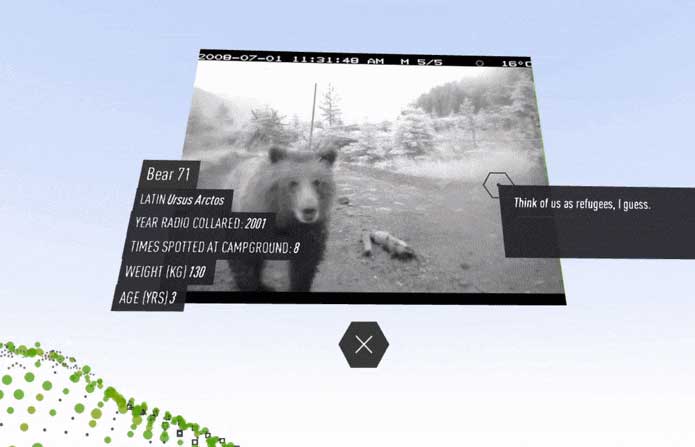 EMERGING TECH
EMERGING TECH
 EMERGING TECH
EMERGING TECH
 EMERGING TECH
EMERGING TECH
Google Inc.’s widely used Chrome web browser has received an upgrade that enables it to view virtual reality content using the WebVR standard.
Most VR content requires the use of a headset to receive the full immersive effect of “being there” but mobile devices such as smartphones and tablets can use sensors to make them “windows” into a 360-degree photo or video. Now users without a headset or a mobile device can experience VR content through a Chrome browser using mouse and keyboard.
The WebVR platform is a JavaScript application programming interface that allows any developer to produce immersive audio and visuals for VR headsets and VR-capable devices, which includes Google’s Daydream headset and the Pixel phone—and now also the Chrome web browser for Android and Windows.
The Samsung Gear VR mobile headset can support WebVR and its descendants with its own browser. The platform is also currently available in Mozilla Corp.’s Firefox browser.
As part of the roll-out announcement, Google’s Chrome blog published a few online VR attractions that show off the technology.
These include an interactive documentary Bear 71 (pictured). The documentary tells the story of a bear fitted with a radio-tracking collar in 2001 by forest rangers from the point of view of the animal, tagged with the number “71.”
Another is a demonstration in the WebVR Lab from PlayCanvas. The experience is crude but an effective way of showing off the technology in-browser. Between a pair of nearly bare rooms, users can look at VR objects from different angles, manipulate blocks and even listen to a stereo featuring a record player with interchangeable virtual vinyl disks.
The WebVR technology was designed to broaden the possible audience of VR content created by developers to as many devices as possible.
“By assuming a non-VR environment first you can maximize the reach of your experiences,” Google wrote on its WebVR developer portal, “and ensure that you’re providing the best possible experience no matter what setup your users have.”
According to a SuperData Research Report for 2016, desktop headsets sold approximately 1.5 million — HTC Vive, Oculus Rift and PlayStation VR combined — and approximately 91 million mobile headsets. This is not a very large number compared with the more than 1 billion Chrome users announced by Google in 2015.
As a result, most users looking into VR content will be coming from two-dimensional screens for the time being.
THANK YOU